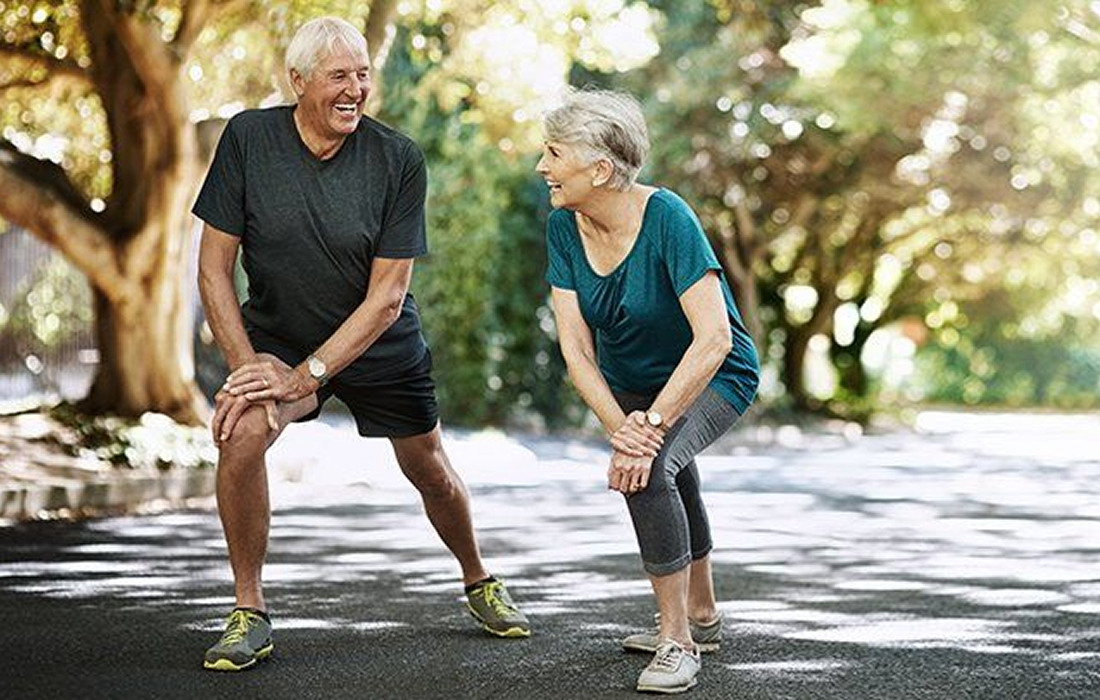Regenerative Medicine News and General Information
New Study Finds an Exercise “Sweet Spot” that Reverses Cognitive Deficits
Advanced age is typically associated with a decrease in cognitive function, including the formation and retention of new memories. The hippocampus is critical for a range of learning and memory processes, especially spatial learning. It is also one of the two main regions in the mammalian brain in which new neurons continue to be generated in adulthood
Spatial learning refers to the process by which an organism acquires a mental representation of its environment.
One of the strongest positive physiological modulators of hippocampal function is physical exercise, where it has been shown to increase hippocampal cell proliferation, neurogenesis and spatial learning in mice.
New Studies on Cognitive Decline and Exercise
Researchers from the Queensland Brain Institute have recently published two studies in the journal iScience that showed an exercise “sweet spot” that reverses the cognitive decline in aging mice.
The researchers tested the cognitive ability of elderly mice following defined periods of exercise and found an optimal period or sweet spot that greatly improved their spatial learning and also discovered how exercise improved learning.
They found that the levels of growth hormone peaked during the time of exercise and were able to demonstrate that raising this hormone artificially in sedentary mice was also effective in improving their cognitive skills.
The researchers hope that although the studies results are true for mice, the timing of exercise and response in humans could be confirmed with future studies because other studies in humans have had similar results regarding the importance of growth hormone in both exercise response and contribution to cognitive health in aging individuals.
Dr. Blackmore, one of the lead researchers, said in an interview with The University of Queensland Australia that their findings provide further proof that loss of cognitive function in old age is directly related to the diminished production of new neurons.
Professor Perry Barlett, the other lead researcher said: “It underlines the importance of being able to activate the neurogenic stem cells in the brain that we first identified 20 years ago.”
“Using MRI, we were able to study the brain following exercise, and for the first time identify the critical changes in the structure and functional circuitry of the hippocampus required for improved spatial learning,” Dr Blackmore said.
Sources:
Daniel G. Blackmore, et al. An exercise “sweet spot” reverses cognitive deficits of aging by growth-hormone-induced neurogenesis. iScience. Vol 24, Issue 11. 2021.
https://doi.org/10.1016/j.isci.2021.103275.
Xiaoqing Alice Zhou, et al. Neurogenic-dependent changes in hippocampal circuitry underlie the procognitive effect of exercise in aging mice. iScience. Vol 24, Issue 12. 2021. https://doi.org/10.1016/j.isci.2021.103450.
Brodbeck D.R. (2012) Spatial Learning. In: Seel N.M. (eds) Encyclopedia of the Sciences of Learning. Springer, Boston, MA. https://doi.org/10.1007/978-1-4419-1428-6_44
https://qbi.uq.edu.au/article/2021/12/running-down-exercise-sweet-spot-reverse-cognitive-decline
Image from:
https://blog.gericare.com.mx/como-reducir-el-riesgo-de-padecer-demencia/

